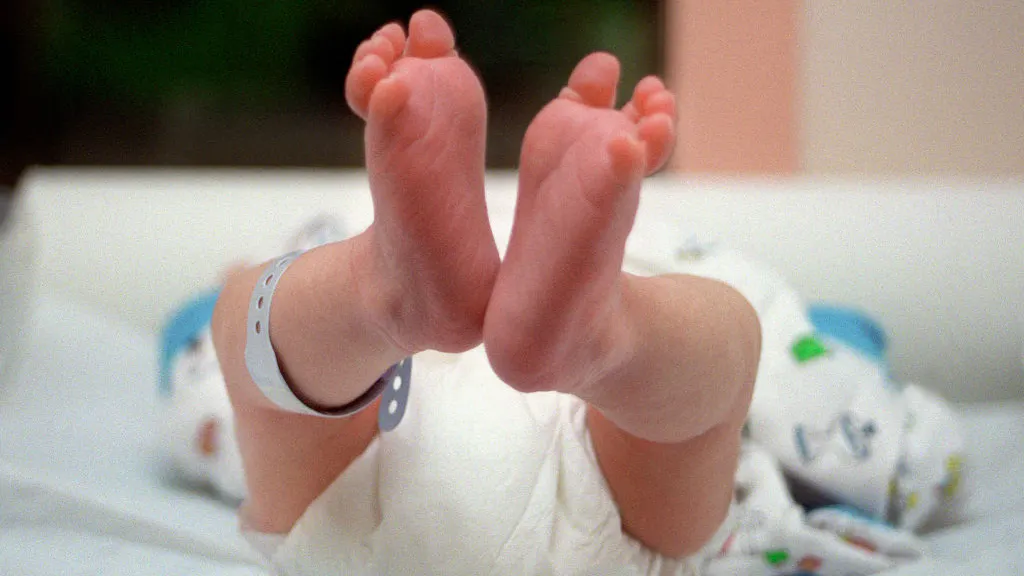The Centers for Disease Control and Prevention (CDC) provides guidance on trans-identifying people “chestfeeding” their babies.
“Chestfeeding” is another term for breastfeeding that is used by women and men who identify as the opposite sex or nonbinary.
The CDC’s guidance for such individuals appears on the agency’s official website in the “Health Equity Considerations” section in the “Infant and Young Child Feeding in Emergencies” toolkit.
“Transgender and nonbinary-gendered individuals may give birth and breastfeed or feed at the chest (chestfeed),” the CDC states.
“An individual does not need to have given birth to breastfeed or chestfeed,” the CDC adds. “Some families may have other preferred terminology for how they feed their babies, such as nursing, chestfeeding, or bodyfeeding.”
Under “Breastfeeding And Special Circumstances” on the CDC website, the agency states that trans-identifying biological women who have had top surgery can breastfeed.
The CDC poses the question, “Can transgender parents who have had breast surgery breastfeed or chestfeed their infants?”
“Yes,” the CDC says. “Some transgender parents who have had breast/top surgery may wish to breastfeed, or chestfeed (a term used by some transgender and non-binary parents), their infants.”
CLICK HERE TO GET THE DAILYWIRE+ APP
“Healthcare providers working with these families should be familiar with medical, emotional, and social aspects of gender transitions to provide optimal family-centered care and meet the nutritional needs of the infant,” the CDC says.
The CDC adds that trans-identifying parents may need help with maximizing milk production, supplementing with donor milk or formula, medication to induce lactation, suppressing lactation for those who do not want to “chestfeed,” and finding “appropriate” lactation and emotional support.
Biological women who identify as male sometimes use “chestfeeding” to refer to breastfeeding their infants after top surgery, a double mastectomy removing healthy breasts in order to achieve a more male appearance.
Biological men who identify as women also sometimes “chestfeed” their infants with the fluid produced by their small breasts through pharmaceutical-induced lactation. Some non-binary people prefer to say “chestfeed” because it feels more gender-neutral.
Some men who identify as women have claimed online that they have lactated and fed their babies with do-it-yourself pharmaceutical drug cocktails.
This month, a British man who posted a picture of himself “chestfeeding” his baby on a bus was harshly criticized on social media, with some people accusing him of using the child as an “identity prop.”
Several doctors criticized the CDC’s guidance as potentially risky.
“We have no idea what the long-term effects on the child will be’ if a breastfeeding trans woman uses ‘all kinds of off-label hormones,” Dr. Jane Orient, executive director of the conservative Association of American Physicians and Surgeons, told The Daily Mail.
“The CDC has a responsibility to talk about the health risks, but they have been derelict in doing that,” Orient said.
The idea that the fluids produced by trans-identifying men are comparable to breast milk produced by biological women is “very hard to believe,” said Dr. Stuart Fischer, an internal medicine physician in New York.
“You can’t fool Mother Nature,” Fischer told the Daily Mail. “If it’s been tested a handful of times, how would we know the long-range effect? The short-term is one thing, but the long-term in terms of physical and mental illness… who knows? It’s an emerging field, to put it mildly.”
The CDC also offers “equity” tips in its emergency child feeding toolkit. People should say “pregnant person,” “breastfeeding parent,” and “lactating person” rather than woman or mother, the CDC says.
The emergency toolkit also includes a section about preferred pronouns. People should ask which “terms, names and pronouns” people prefer, the CDC said. People should also announce their own pronouns when introducing themselves to “make it easier for others to share their pronouns.”
“If an individual corrects your pronoun use, it’s best to briefly acknowledge the mistake and correct the pronoun going forward. Spending too much time apologizing for the error can bring more attention and discomfort to the simple mistake,” the CDC says.

.png)
.png)

